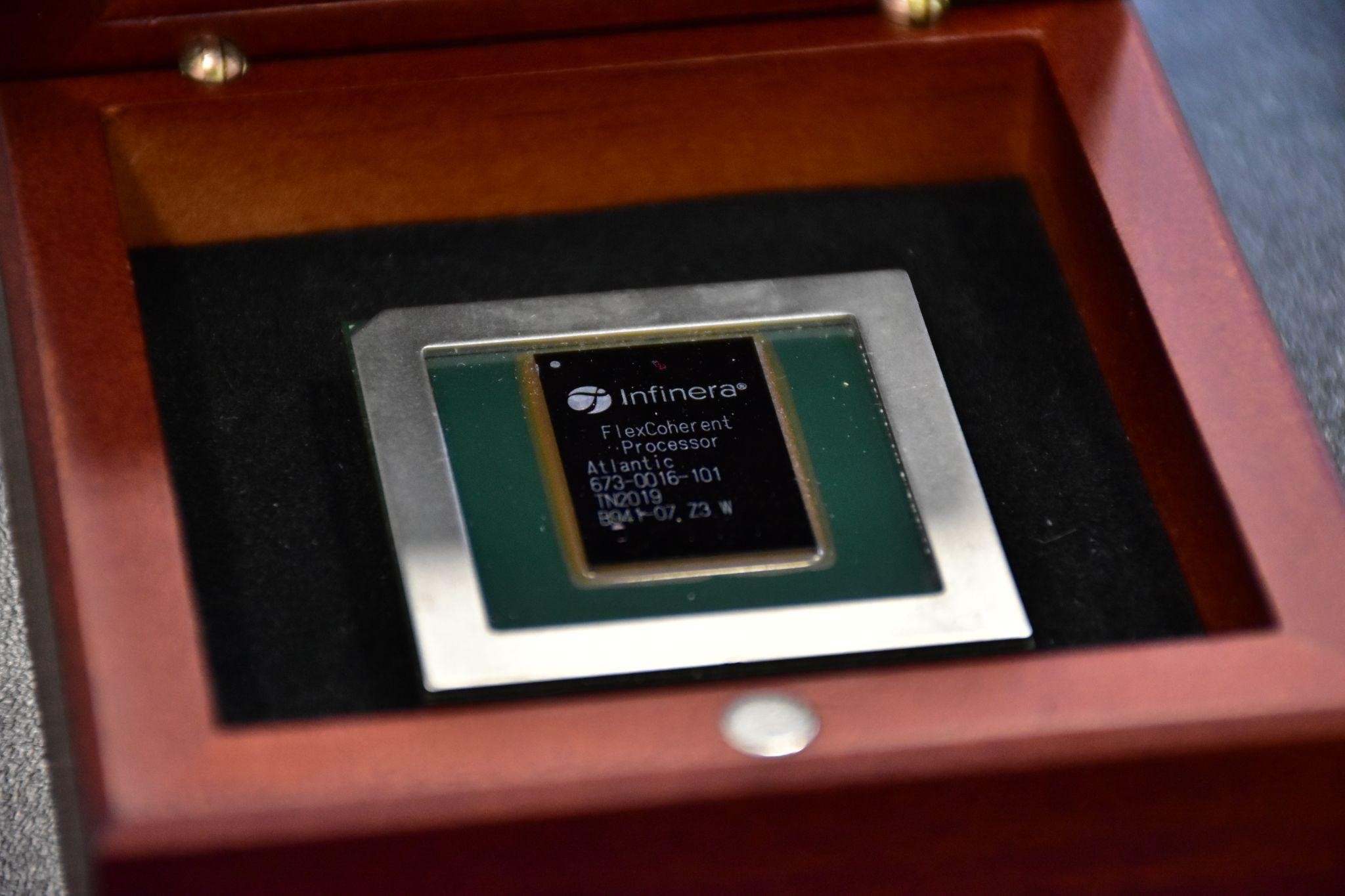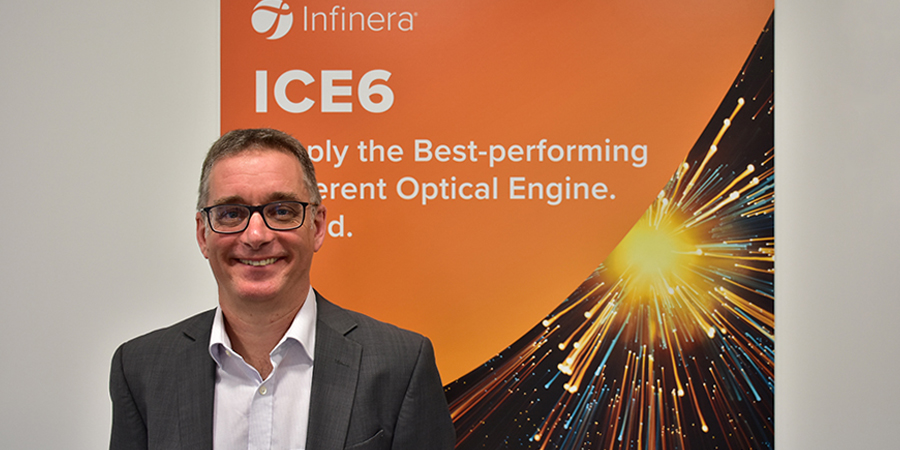During Mobile World Congress (MWC) 2022, Jon Baldry, director metro marketing, Infinera spoke to Telecom Review about what’s driving bandwidth growth in today’s digital era and how the company helps network operators deal with the challenges for new applications and services.
Bandwidth is growing rapidly. How is Infinera helping network operators deal with this relentless growth?
The key thing to understand is what's driving bandwidth and how much it’s growing. If you look at the general market growth data, we typically see 35 to 45% annual growth. That growth figure equates to a network growing tenfold in traffic, every after six to eight years. Today, there is enormous bandwidth growth driven by the huge push towards not only 5G but also smart cities which are new projects that countries are working towards. Especially in the Middle East, many countries have strategic 2030 plans built around smart cities and the digitization of the economy and of people's lives.
This pushes huge amounts of traffic into networks. All these networks are underpinned by optical networking, by fiber that then interconnects data centers to local exchanges and sometimes even directly to people's homes or businesses. And that’s what we do at Infinera, we are one of the leaders in pushing the most amount of data down fiber by pushing the science. As an example, our latest digital signal processor (DSP) is the brain behind our latest optical engine. There's over 5 billion transistors in here, and if we put that in context, maybe 10 years ago we might be having 100 million. We've gone from 100 million transistors to 5 billion, and that enables us to do huge amounts of digital signal processing to really drive the optics and get the best out of fiber.
We're pushing 800 gigabits per wavelength today to over 1,000 kilometers, and further with lower rates. At the end of the day, optical networks underpin all of these activities, and Infinera is leading in that high-speed optical connectivity with our ICE6 engine.

Can you talk more about the challenges these new applications and services are causing at the edge of the network and how Infinera is helping network operators to overcome those challenges?
As you move closer to the edge of the network, you get a very different challenge that is still underpinned by optical networking; pulling traffic together from the Internet of Things (IoT) and smart cities, among other projects.
There's huge investment going into these projects across the world, as well as in the Middle East. Saudi Arabia announced the $500 billion NEOM project, and you've got smart cities coming up in Egypt and around the region. These networks are going to be very different in terms of how that optical infrastructure is built. And it's really built about pulling data into central aggregation points.
One of the challenges the optical networking industry had over the last 50 years since optics was invented is being limited to a point-to-point technology. One laser at one end of the fiber is the same speed of laser at the other end, and you build your network up on these point-to-point segments. What we've done in Infinera is we're bringing brand new technology to market which is a point-to-multipoint technology; a single laser can talk to multiple end locations.
This is proving to have a huge impact on how you can potentially build these modern advanced high-capacity networks. Some of the modeling we've done so far is showing up to 70% of savings in terms of network-building cost because you can avoid additional devices and unnecessary locations in between.
We have here our 400 gigabit per second TROSA, the transmit receive optical sub assembly. And this is really important because this is taking 400G technology right down into pluggable modules. Again, few years ago, this would have been a complete rack of equipment, now it's in a much smaller size and is one of the key components of multipoint optics. This 400G optic can talk to up to 16 different 25G optics at the edge of a network which is a really different paradigm in how you can architect networks. We're quite excited about bringing this technology to market now. I think it's exactly the right time for this technology to support these huge projects we're seeing coming out of the Middle East and across the globe.










